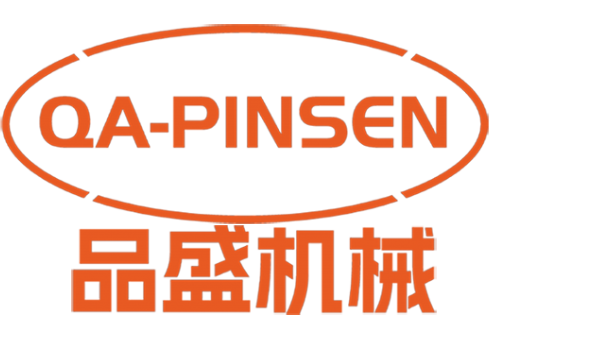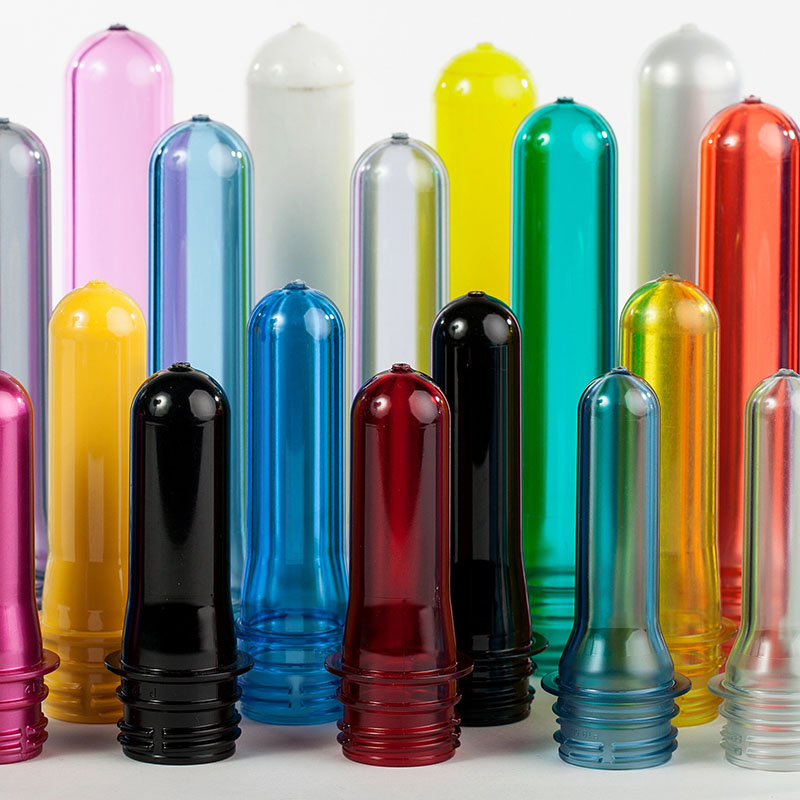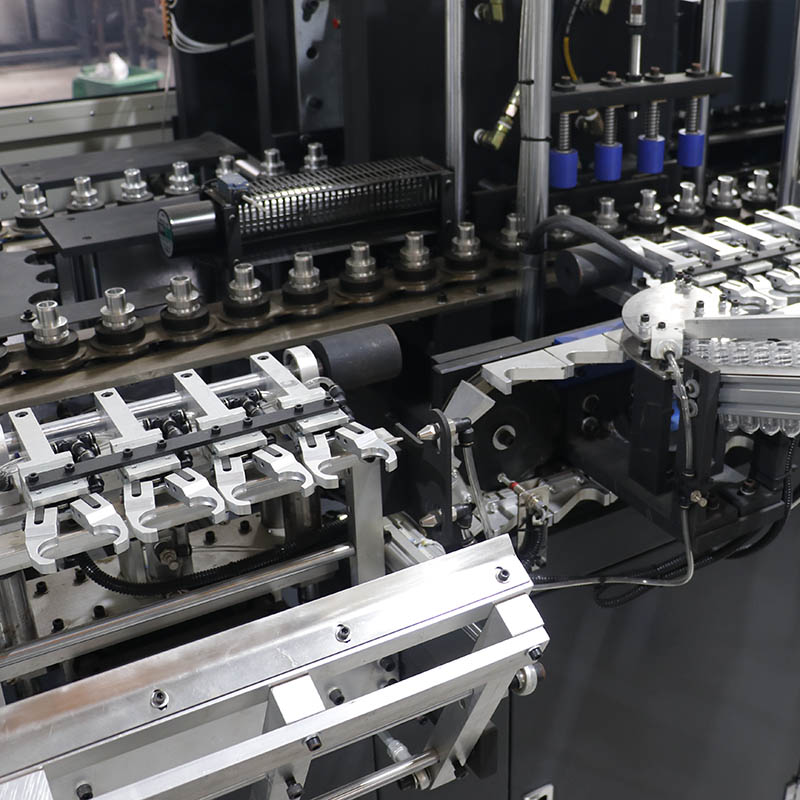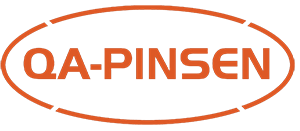A Comprehensive Guide to PET Preform Material Selection and Bottle Blowing Process Optimization
The production of high-quality PET (Polyethylene Terephthalate) bottles is a precise science, balancing material properties with manufacturing parameters. The process hinges on two critical pillars: selecting the right preform material and optimizing the blow molding process. Failure in either area can lead to production inefficiencies, product failures, or compromised shelf life. This guide provides a detailed overview of both aspects to ensure optimal performance and cost-effectiveness.
Part 1: PET Preform Material Selection
The preform is the "DNA" of the final bottle. Its material composition dictates the bottle's clarity, strength, barrier properties, and suitability for its intended contents.
1. Key Material Types:
Virgin PET (VPET): This is the pure, unprocessed polymer directly from petrochemical sources.
Advantages: Excellent clarity, high intrinsic viscosity (IV), superior mechanical properties, and guaranteed food-grade safety. It is the benchmark for quality.
Applications: Mineral water, carbonated soft drinks (CSD), pharmaceuticals, and high-value food products where taste and odor neutrality are critical.
Recycled PET (rPET): PET sourced from post-consumer or post-industrial recycling.
Advantages: Significantly reduces carbon footprint and meets sustainability goals. Often more cost-effective than virgin material.
Challenges: Potential for lower IV, color variation (yellowness), and possible contamination affecting clarity and taste. Requires stringent quality control.
Applications: Non-food bottles (e.g., cleaning products), food-contact bottles (where approved and after super-cleaning processes), and layered preforms.
Co-polyester PET (e.g., PETG): Glycol-modified PET offering different thermal and mechanical properties.
Advantages: Lower crystallization temperature, better clarity, and enhanced impact resistance. Easier to process for complex shapes.
Applications: Cosmetic jars, pharmaceutical bottles, and custom-designed containers requiring high clarity and toughness.
Barrier-Enhanced PET:
Multi-layer Preforms: Co-injection preforms with a core layer of a high-barrier material (like EVOH or Nylon) sandwiched between layers of virgin PET. This protects the barrier layer and maintains recyclability.
Additive-Enhanced PET: Oxygen scavengers or barrier additives (e.g., MXD6 nylon) are compounded into the PET resin to improve its inherent barrier against O₂ and CO₂.
Applications: Beer, juice, sensitive foods, and vitamins that require extended shelf life.
2. Critical Material Properties to Evaluate:
Intrinsic Viscosity (IV): Measured in dl/g, IV is the single most important indicator of the polymer's molecular weight and chain length.
High IV (e.g., 0.80 - 0.84): Provides higher mechanical strength and better resistance to stress cracking. Essential for carbonated drinks that require high pressure containment.
Low IV (e.g., 0.70 - 0.78): Used for still water and non-pressurized applications. Allows for faster cycle times and lighter bottle weights.
Acetaldehyde (AA) Content: A naturally occurring degradation byproduct during polymerization and processing. AA can migrate and impart an undesirable "plastic" taste to water and sensitive beverages.
Target: < 1 ppm for water bottles, < 3-4 ppm for CSD (where the flavor can mask it).
Crystallization Temperature (Tc) and Melt Temperature (Tm): These thermal properties influence the heating and stretching behavior during blow molding. Consistent thermal properties are crucial for stable process control.
Color and Haze: Measured to ensure product clarity and brand consistency. rPET must be carefully evaluated for yellowness (b* value) and haze levels.







